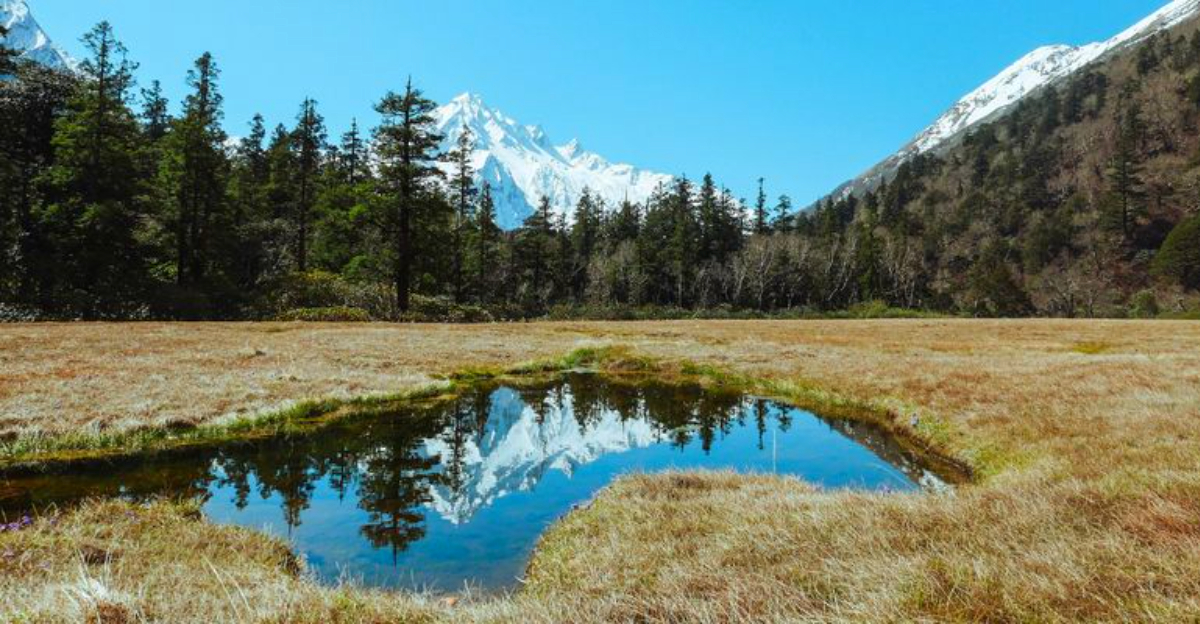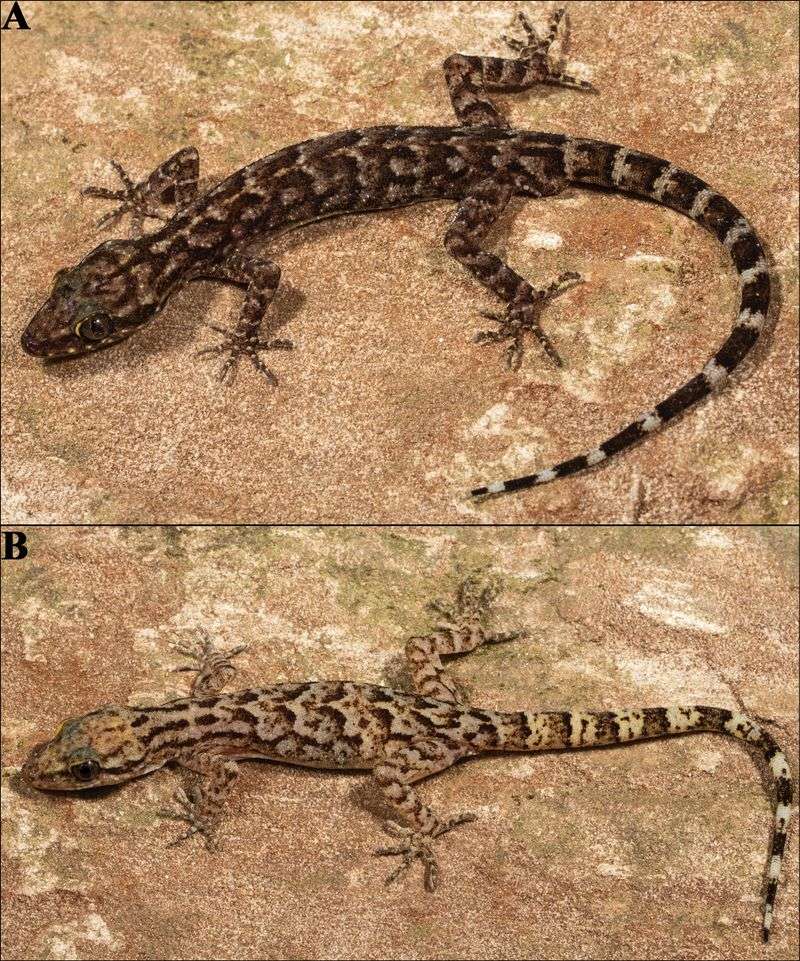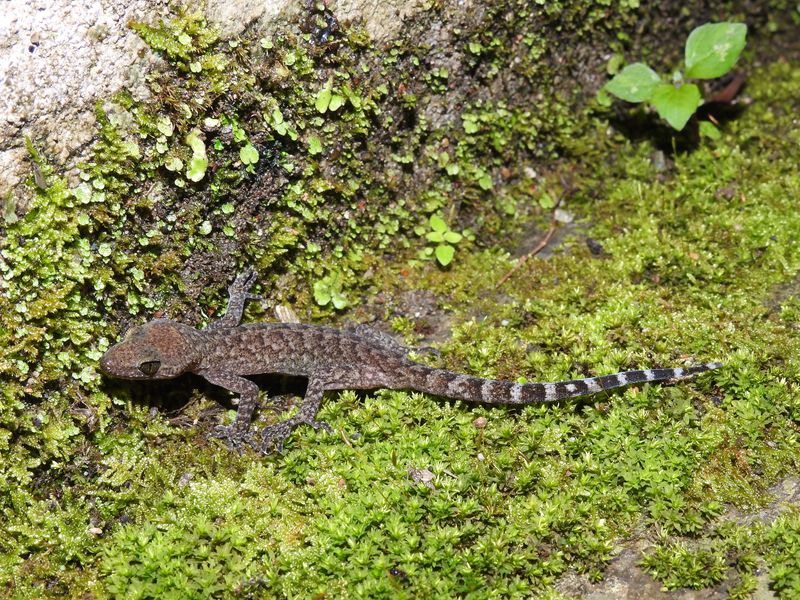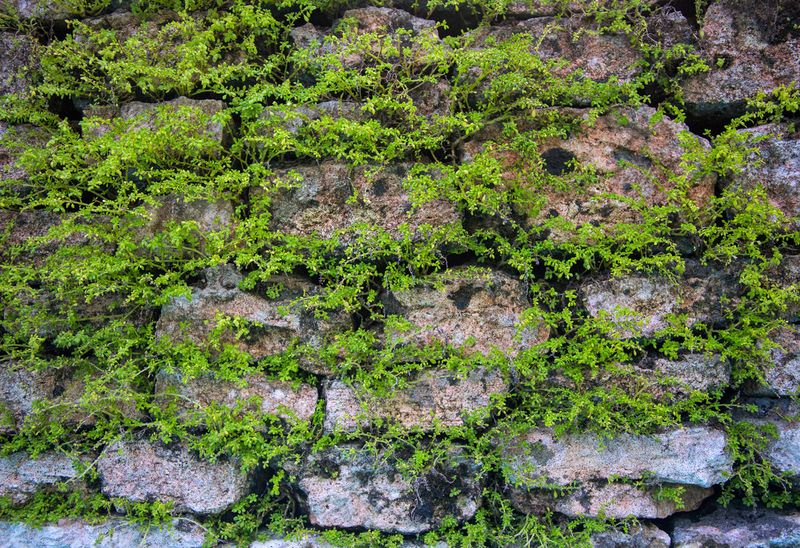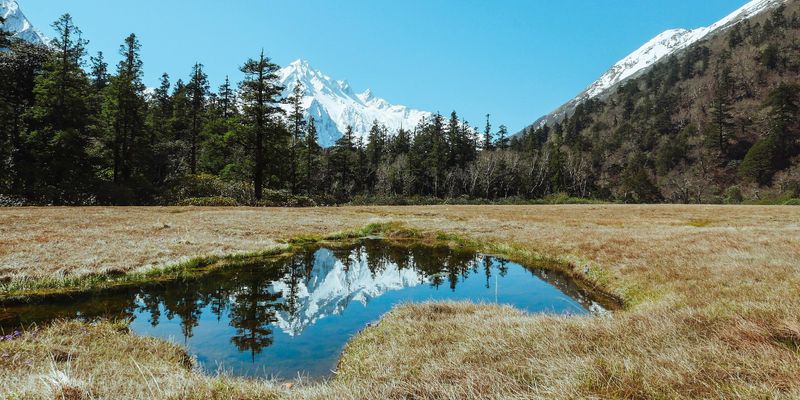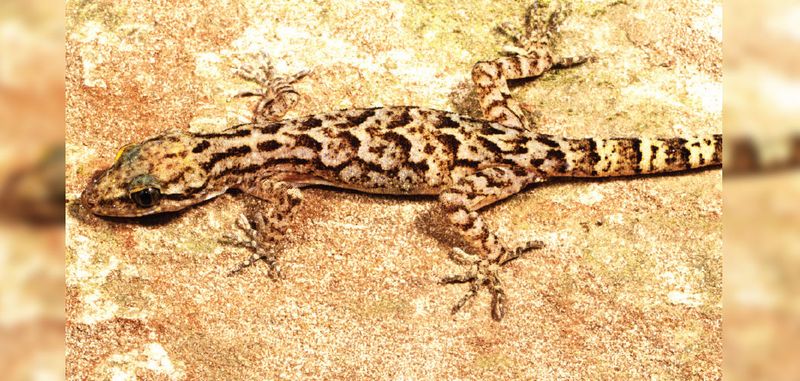Deep within Nepal’s crumbling stone forts, scientists stumbled upon something extraordinary clinging to ancient walls. Strange geckos with bent toes had been living in secret for who knows how long, hidden from the world. After running DNA tests, researchers realized these weren’t just regular lizards – they were completely new species that science had never seen before! This incredible discovery shows that even old, forgotten places can hold amazing surprises waiting to be found.
1. Found in Nepal’s Long-Abandoned Forts
Scientists weren’t expecting to find anything unusual when they ventured into Makwanpurgadhi Fort and Hariharpurgadhi Fort. Both structures had been abandoned for centuries, with moss creeping across cracked stones and vines tangling through empty doorways.
Yet there they were – small, mysterious geckos clinging to the damp walls, almost invisible against the greenish stone. Villagers living nearby had spotted these creatures before and whispered about the “mystery animals” haunting the ruins.
But researchers knew better. Armed with cameras and specimen jars, they carefully captured a few to study back in the lab, suspecting these odd reptiles might be something science books hadn’t documented yet.
2. Two Brand-New Species Identified
After months of careful genetic analysis, the results came back stunning. DNA sequencing revealed not one but two completely unknown gecko species hiding in those fortress walls.
Meet Cyrtodactylus makwanpurgadhiensis, named after the Makwanpur Fort where it was discovered, and Cyrtodactylus chure, named for the beautiful Chure hills region. Their genetic makeup differs by an astonishing 11 to 17 percent from their closest known relatives – a huge gap that proves they’ve been evolving separately for ages.
These findings add two precious entries to Nepal’s wildlife catalog, reminding us how much we still don’t know about our planet’s hidden corners.
3. More Hidden Discoveries in Nepal
Nepal seems to be bursting with secret reptile residents! Earlier in 2025, before the fort geckos made headlines, scientists announced three additional brand-new species from the same country.
Cyrtodactylus annapurnaensis, Cyrtodactylus chitwanensis, and Cyrtodactylus karanshahi were all discovered in remote wilderness areas far from human settlements. Each one has unique patterns, sizes, and behaviors that set them apart from previously known geckos.
This rapid succession of discoveries suggests Nepal’s landscapes hold countless more undocumented creatures. Researchers are now rushing to explore other isolated regions before habitat loss threatens species we haven’t even met yet.
4. Ancient Walls, New Ecosystems
Who would imagine that piles of old rocks could become thriving wildlife habitats? Abandoned forts offer something special that natural environments sometimes can’t provide – perfectly positioned cracks, shaded nooks, and moisture-trapping surfaces.
The rough texture of weathered stone gives gecko toes excellent grip, while moss blankets create humid microclimates ideal for small reptiles. Shadows cast by crumbling walls protect these cold-blooded creatures from harsh midday sun.
Even better, the structures keep out larger predators while attracting insects that geckos love to munch. These accidental ecosystems prove that nature adapts brilliantly, turning human history into homes for tomorrow’s discoveries.
5. A Wake-Up Call for Conservation
Conservation experts are calling this discovery a serious reminder about Nepal’s unexplored territories. Most wildlife research has focused on high-altitude regions like the Himalayas, leaving lowland and midhill areas largely ignored.
Yet these “ordinary” zones clearly harbor extraordinary biodiversity, including fragile species found nowhere else on Earth. Even structures built by humans centuries ago can shelter rare animals desperately needing protection today.
Scientists worry that without urgent conservation efforts, development projects might destroy habitats before we even know what lives there. The gecko discovery proves we must survey every corner – natural or man-made – to truly understand what we’re risking.
6. Published in Peer-Reviewed Journals
Making a discovery is one thing, but getting the scientific community to accept it requires serious proof. That’s exactly what the research team delivered when they published their findings in ZooKeys, a respected peer-reviewed journal.
Federation University Australia officially announced the discoveries after rigorous verification processes confirmed every detail. Peer review means other experts examined the DNA data, photographs, measurements, and habitat notes before giving their stamp of approval.
Now these geckos are officially recognized members of Nepal’s endemic wildlife list, protected by scientific documentation that will guide future conservation policies and inspire more exploration throughout the region.
